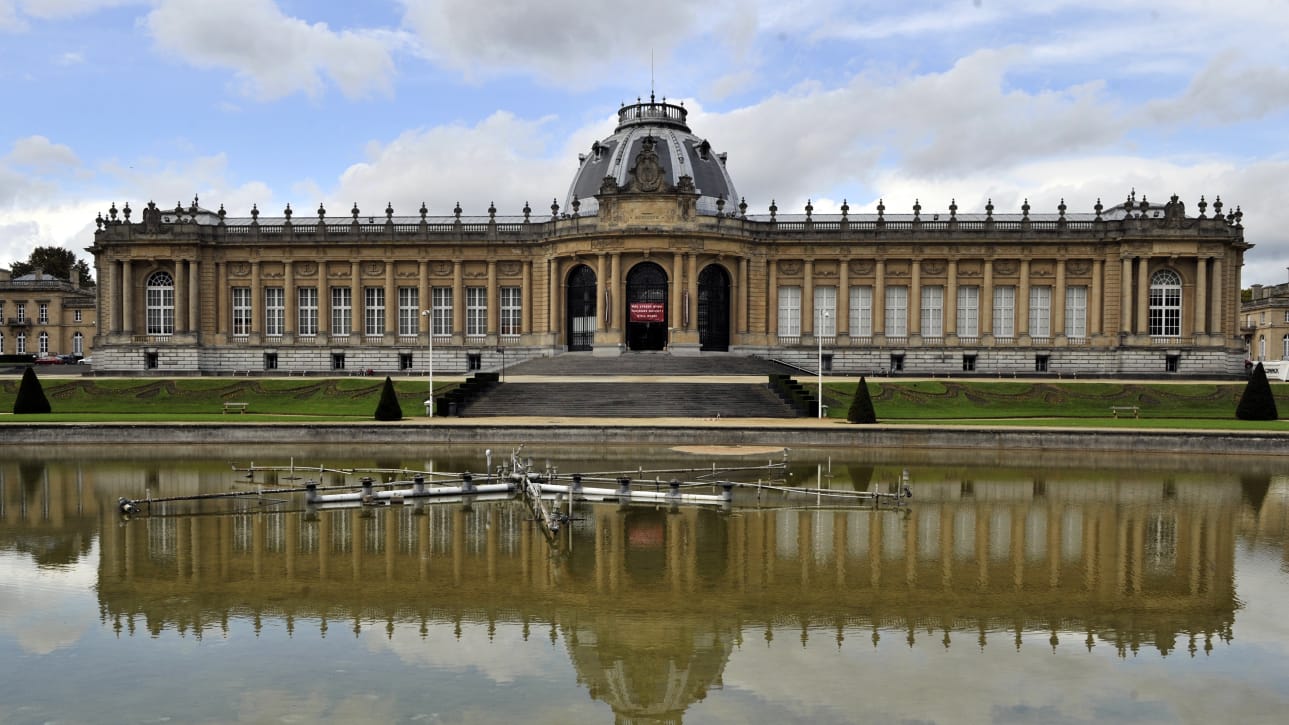Belgian Colonial Museum Re-Opens Amid Protests and Demands for Return of Artifacts
Sunday, December 9, 2018

Belgium's controversial Africa Museum re-opened on Saturday after a five-year renovation, but protests and a request from the President of the Democratic Republic of Congo (DRC) for the return of its stolen artefacts have overshadowed the site's unveiling.
Image: Belgian Colonial Museum
Belgium's controversial Africa Museum re-opened on Saturday after a five-year renovation, but protests and a request from the President of the Democratic Republic of Congo (DRC) for the return of its stolen artefacts have overshadowed the site's unveiling.

Belgian Colonial Museum
A 66 million euro ($75 million) upgrade was intended to help the Royal Museum for Central Africa, which houses items looted from what is now the DRC during Belgium's brutal occupation of the country, shed its imperialist image.
But DRC President Joseph Kabila told Belgian newspaper Le Soir last week he would be making a formal request for the return of artifacts from his country in time for the opening of the country's own museum next year.
And protests took place Saturday against the museum's display of items plundered from the continent, with activists also demanding a memorial to seven Congolese people who died in 1897 after being brought to Belgium as living exhibits.

A sculpture called the "Leopard Man," second left, is stored with others in a cavernous room at the Africa Museum. Credit: Virginia Mayo/AP
King Leopold II, who oversaw a colonial empire known as the Belgian Congo, put a total of 267 Congolese people on display in Tervuren, where today's museum is located, as part of the World's Fair.
"These victims deserve the same respect, if not more, than those of the dead colonialists," protest group Intal Congo said.
Belgium had a colony in Africa from the 1880s to 1960, covering land in what is now the DRC, Rwanda and Burundi, which was exploited to harvest rubber and other resources.
Millions were put into forced labor and subjected to brutal punishments, with 10 millions Congolese workers believed to have died in just 20 years.
"Before the renovation, the permanent exhibition was outdated and its presentation not very critical of the colonial image. A new scenography was urgently required," the museum admits on its website.
